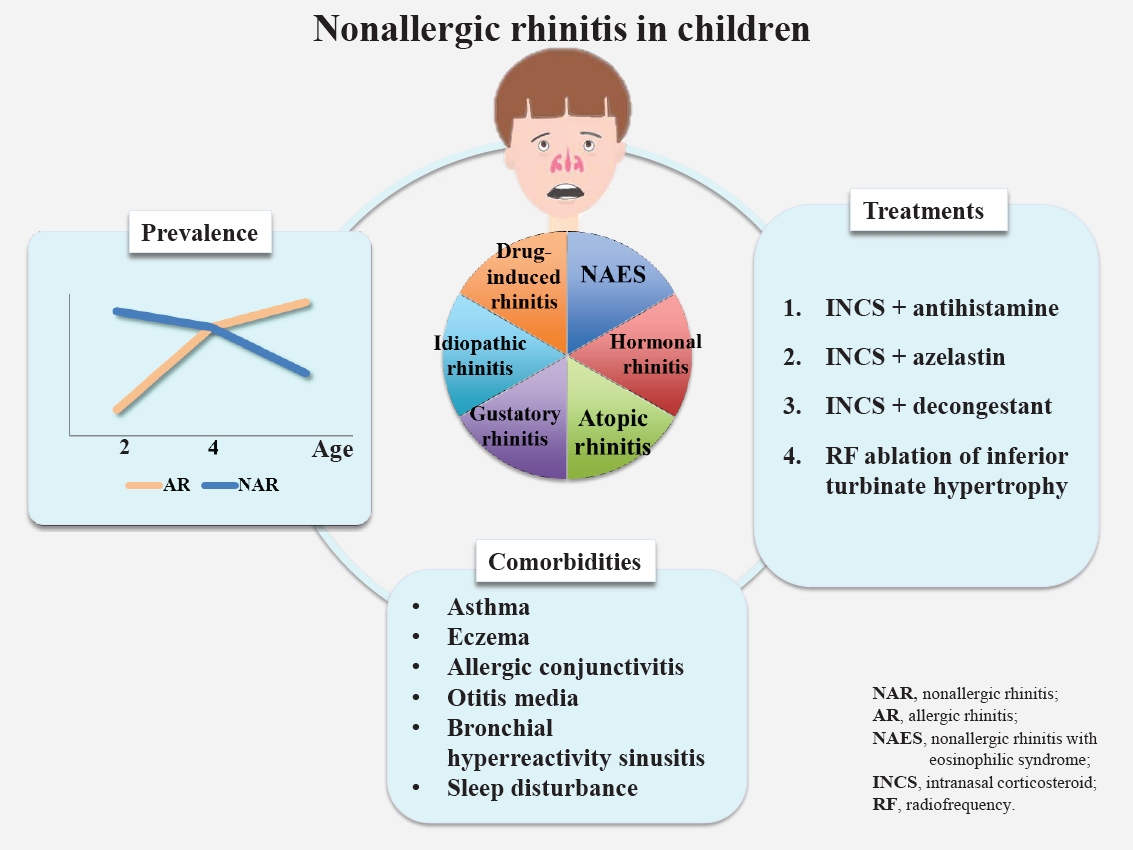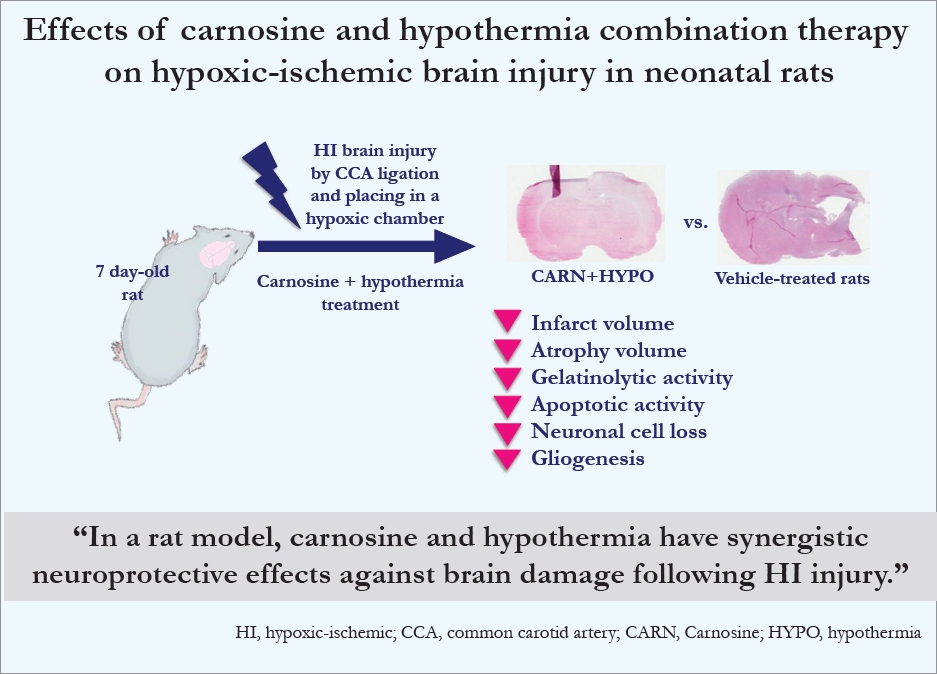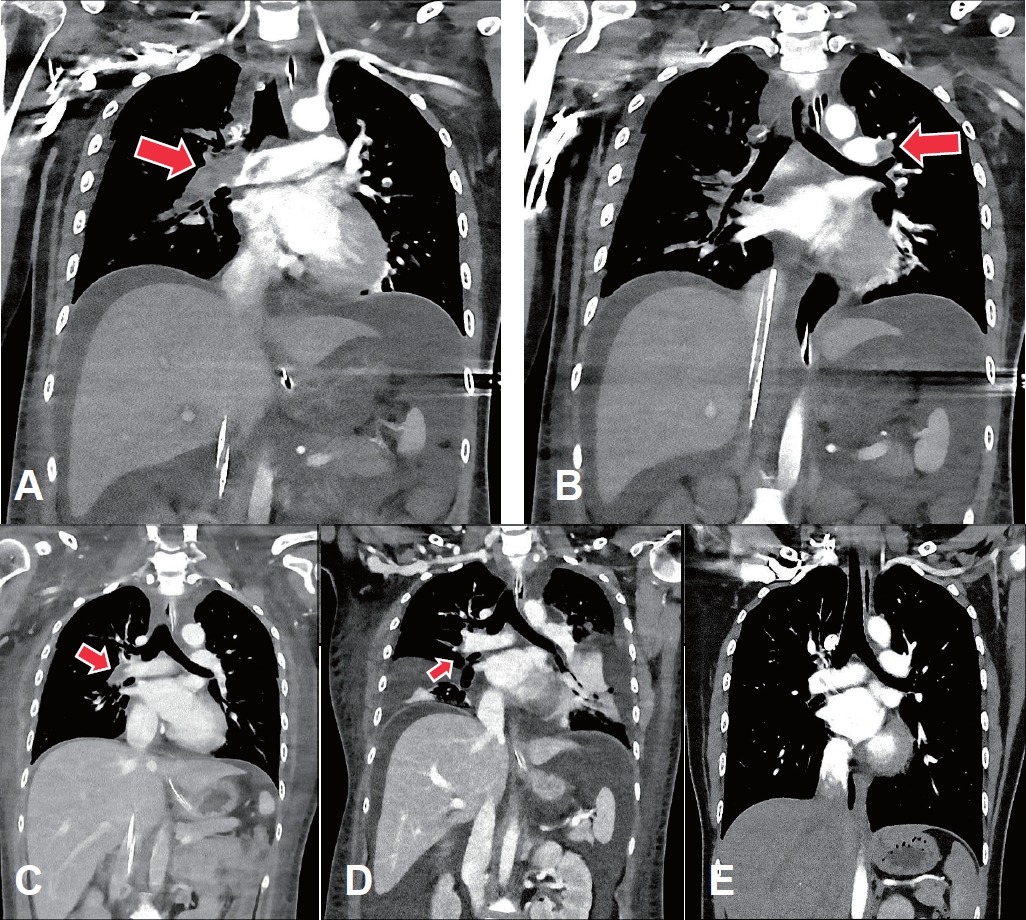|
|
Question: Breakfast is important; however, adolescents are increasingly skipping it.
Finding: Skipping breakfast is independently associated with sleepiness, physical inactivity, dinner irregularity, screen time on school days, poor academic performance, after-school activity, and decreased sleep duration before school day.
Meaning: Reducing screen time on school days, after-school activity, and irregular dinner habits might decrease breakfast skipping, resulting in decreased sleepiness and improved academic performance. |






















